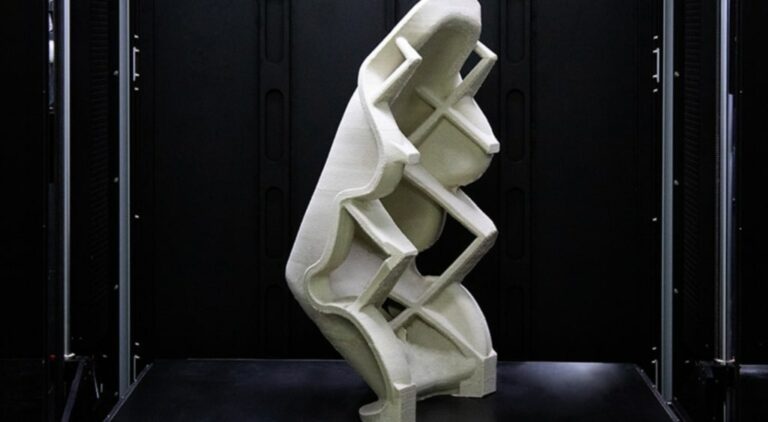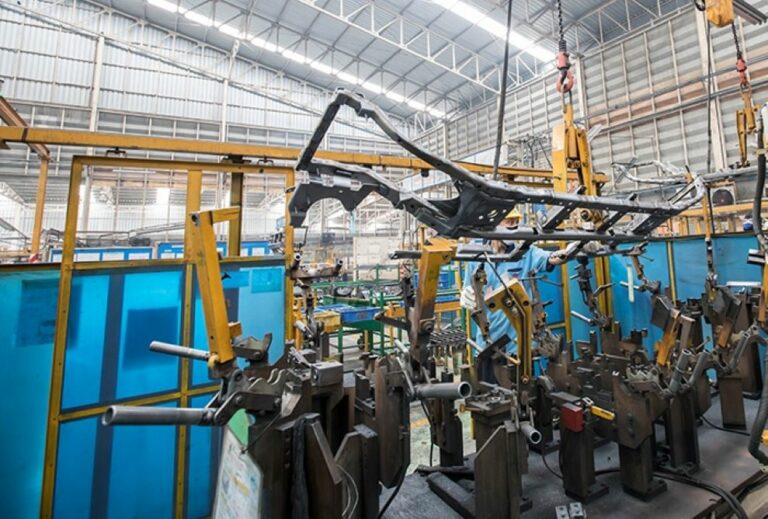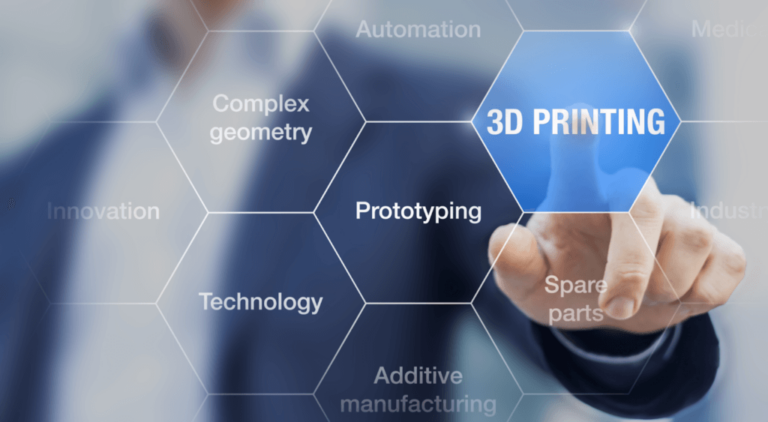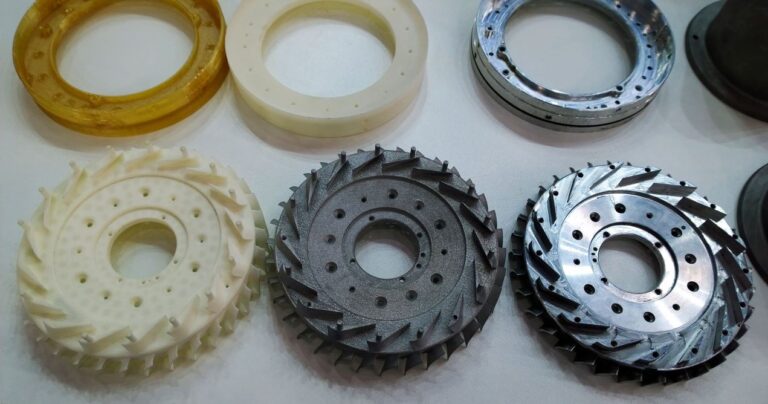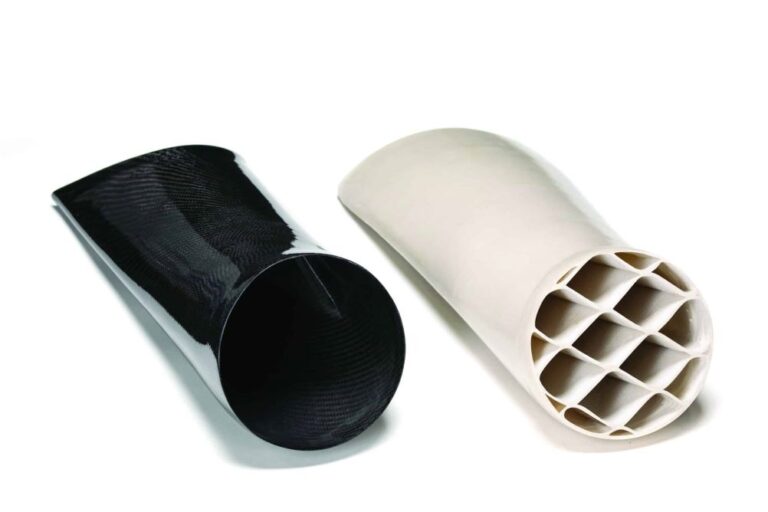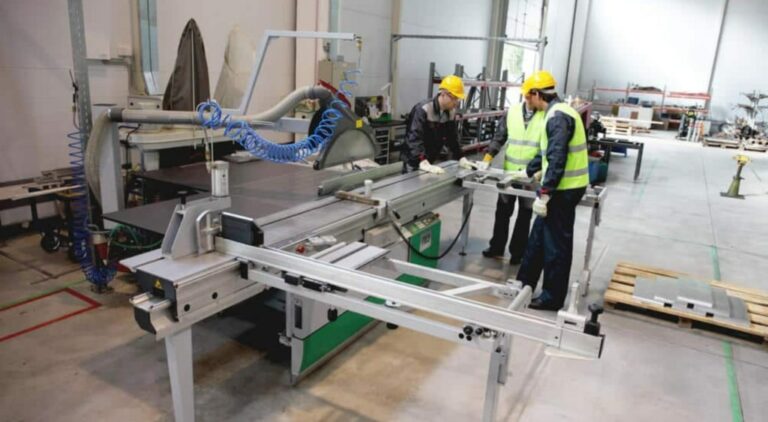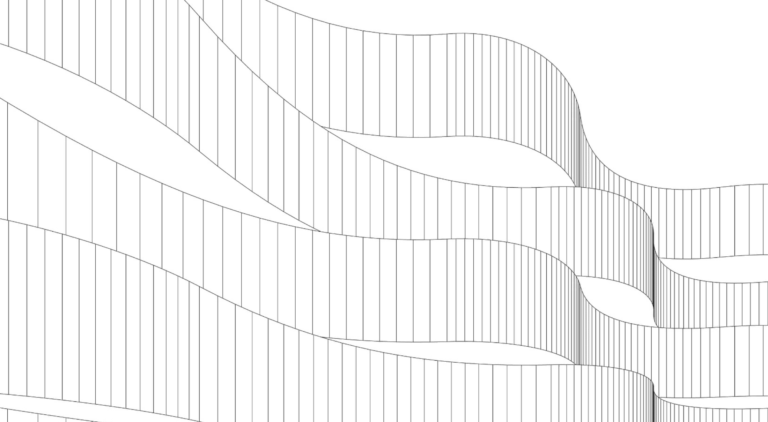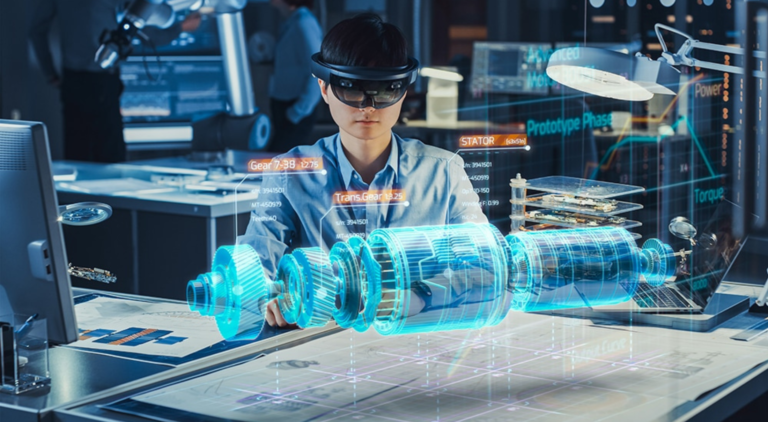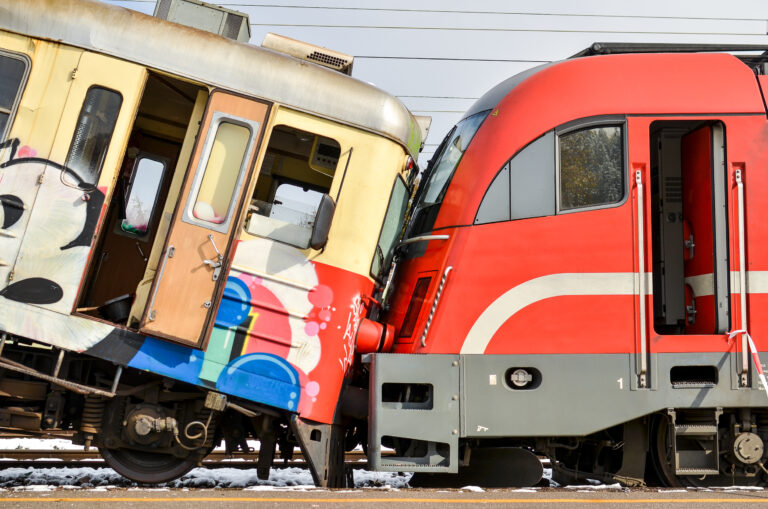Blog
In the world of industrial 3D printing, topology optimization has been used as a powerful design tool for many years, enabling designers and engineers to create lighter, stronger, and more efficient structures with the help of additive manufacturing technology. By using mathematical algorithms to determine the optimal shape and layout of a part based on specific performance criteria, topology optimization allows for the creation of complex, organic geometries that would be impossible to produce using traditional manufacturing methods.
Jigs and fixtures are critical components in manufacturing, allowing for accurate and efficient production of parts. Traditionally, jigs and fixtures have been produced using CNC machining or manually welded and assembled, but now 3D printing is emerging as a viable alternative.
The maritime industry is experiencing a transformative shift due to emerging 3D printing technologies. Traditional boat manufacturing processes, marked by significant costs, long lead times, enormous waste, and design limitations, are gradually being displaced by innovative solutions that harness the potential of additive manufacturing.
3D printing, also called additive manufacturing, has revolutionized the manufacturing industry by enabling the production of complex designs in a range of materials.
As the demand for composite parts increases, so does the need for more efficient and cost-effective production solutions. In this blog we will explore why Massivit’s 10000 machine and its additively produced mandrels are ideal for forming composite parts. We will discuss the advantages of our water breakable material, as well as the cost savings that can be realised.
Automotive production has been revolutionized by the integration of 3D printing, or additive manufacturing, into the production process. This innovative technology has allowed companies to cut costs, increase efficiency and improve the end product. In this blog, we will take a closer look at how additive manufacturing is reducing costs for automotive production through specific applications for which this technology is being leveraged.
For CNC service shops, remaining relevant in a highly competitive market is key. In order to stay ahead and meet the growing demands of customers, CNC service shops need to incorporate the latest tools and equipment into their operations. One such tool that is becoming increasingly popular and relevant is a large-scale 3D printer. By adding a large-scale 3D printer to their arsenal, CNC service shops can not only increase their efficiency and cost savings, but also offer a wider range of services to their customers. It’s for these reasons and more that they are augmenting their offering with 3D printing, also known as additive manufacturing (AM).
Additive manufacturing, or 3D printing, is a technology that is rapidly gaining popularity in various industries, including architecture. This innovative method of designing and building physical objects offers architects and builders a new way to approach the design, fabrication, and construction of the built environment.
Just as quickly as the clock turned from 2022 to 2023, we’re almost 1/2th through this new year. It’s easy to forget how quickly things move, and sometimes it’s also easy to forget just how impactful additive manufacturing (AM) is to our world.
By enabling the production of customized, complex, and lightweight products on demand, 3D printing has the potential to improve efficiency, reduce costs, and enable more sustainable manufacturing processes.
As we head into 2023, we’ve seen a lot of change already. Additive manufacturing has grown by leaps and bounds, revolutionizing the processes of production, all while reducing its carbon footprint.
It’s hard to argue how influential the invention of the railroad systems has been across so many industries. From crops to oil to military equipment, railroads have changed the game regarding transporting heavy material over large distances, and changed the way we live our lives along with it.
No more posts to show


